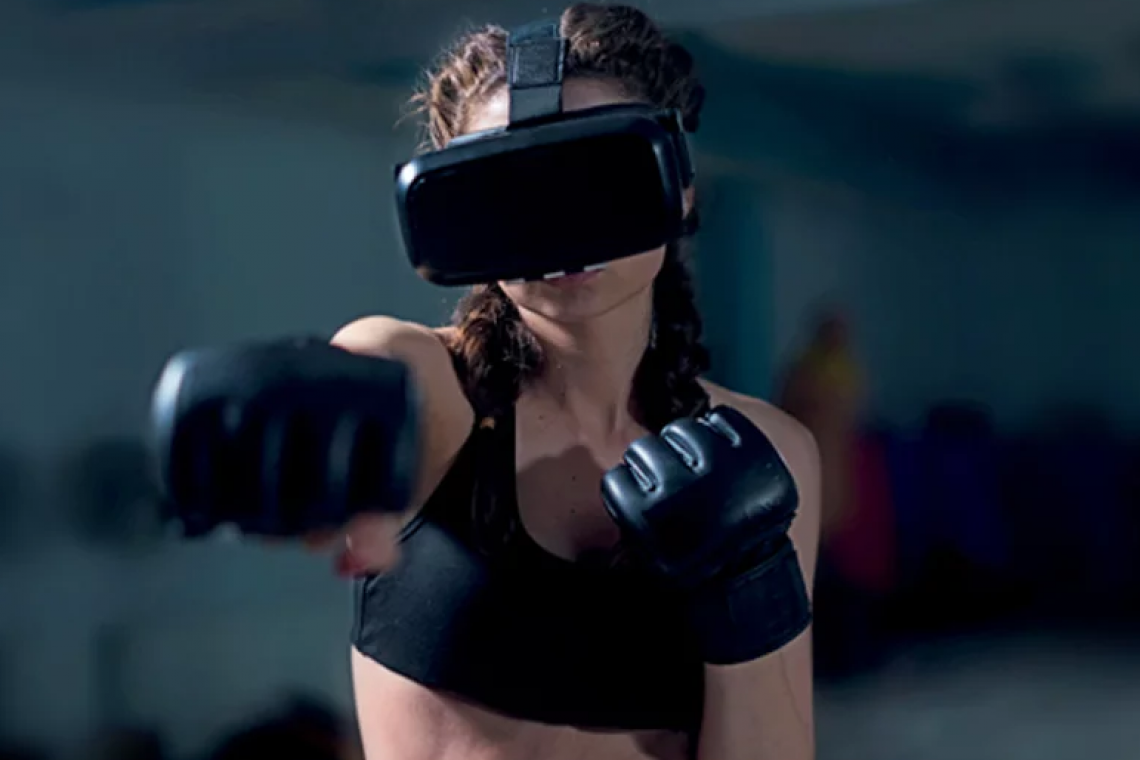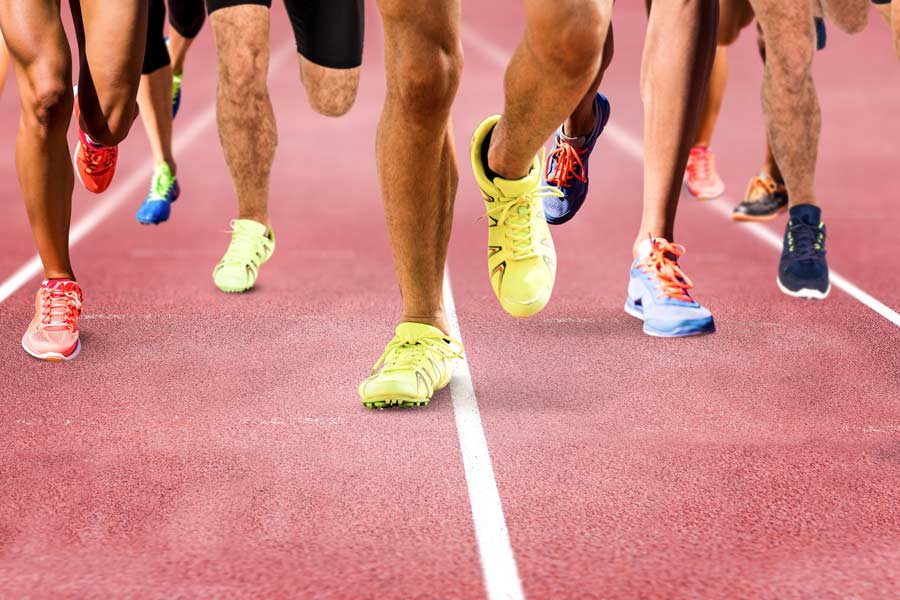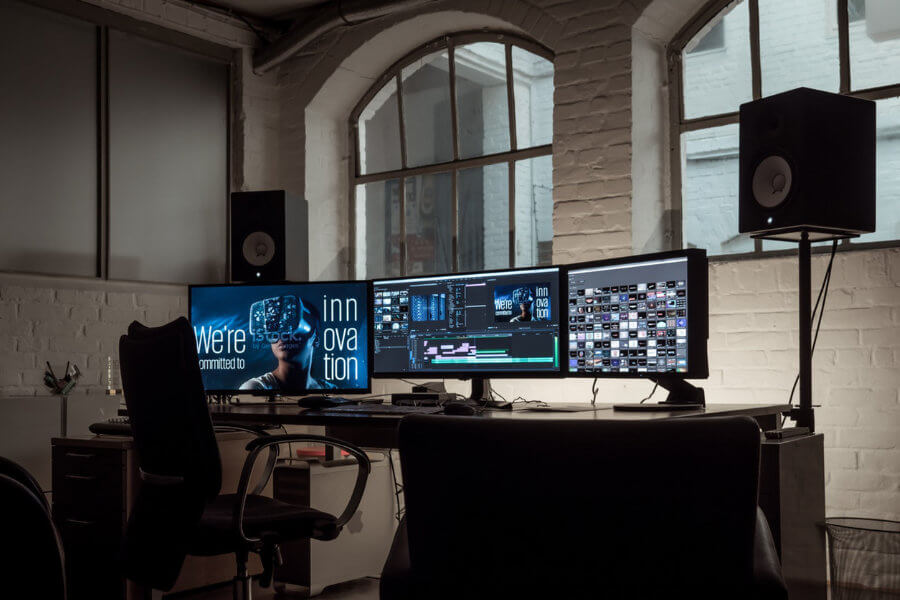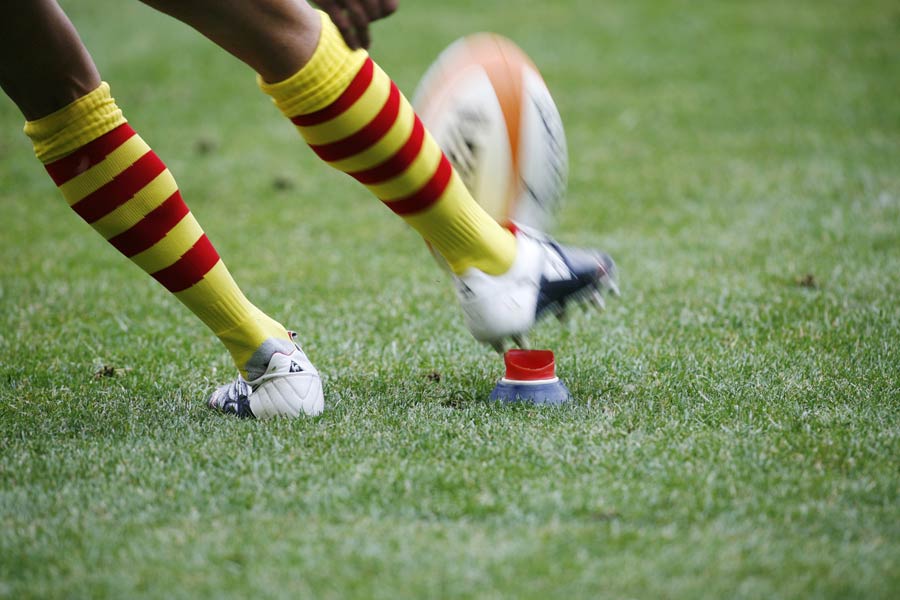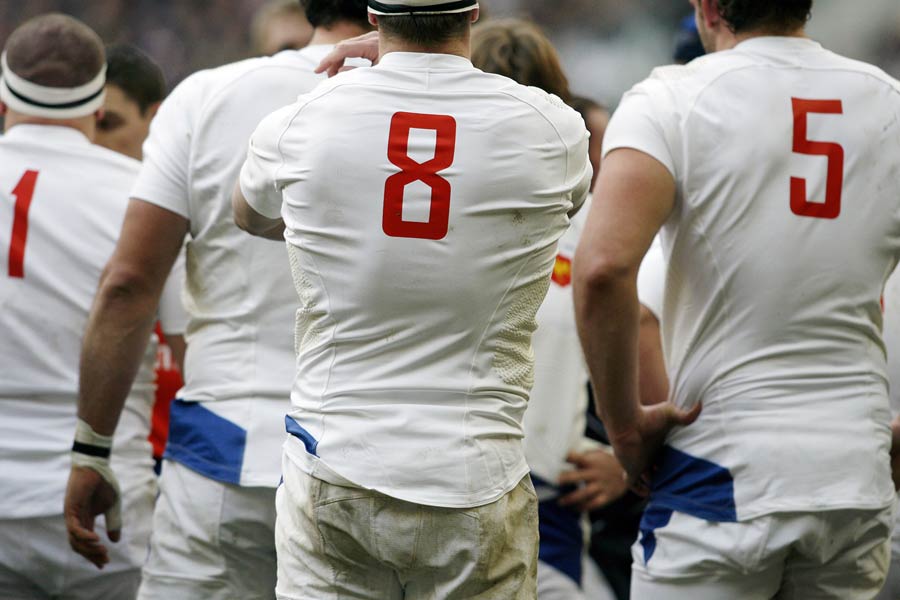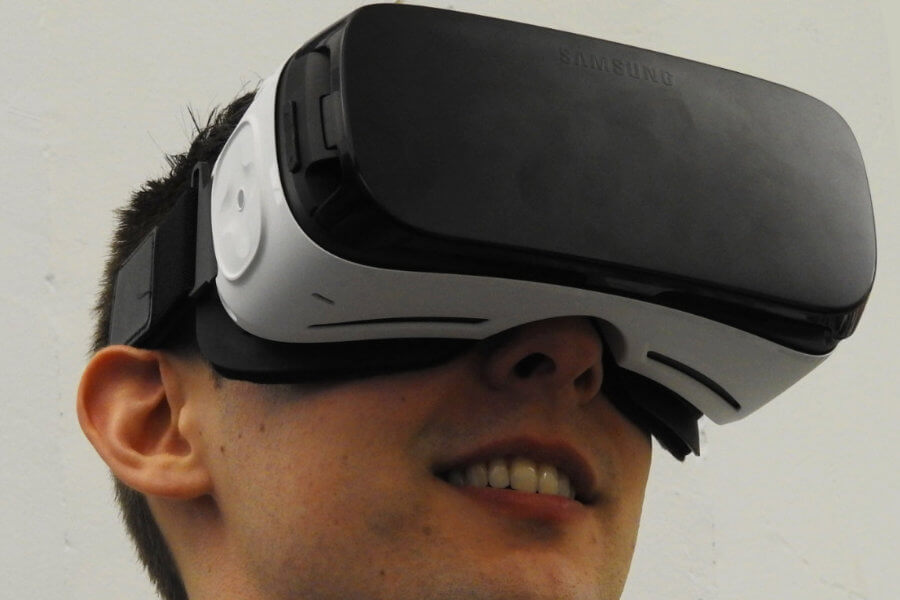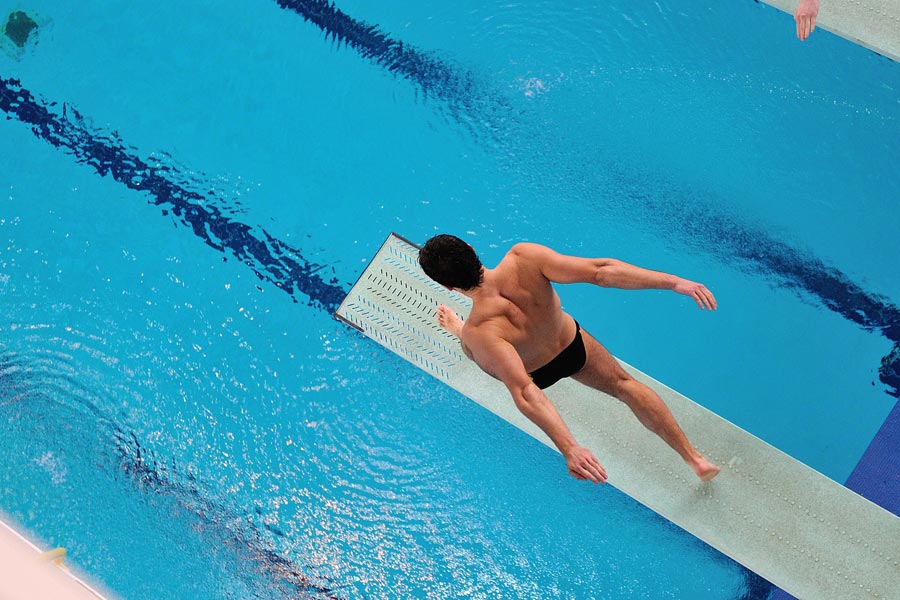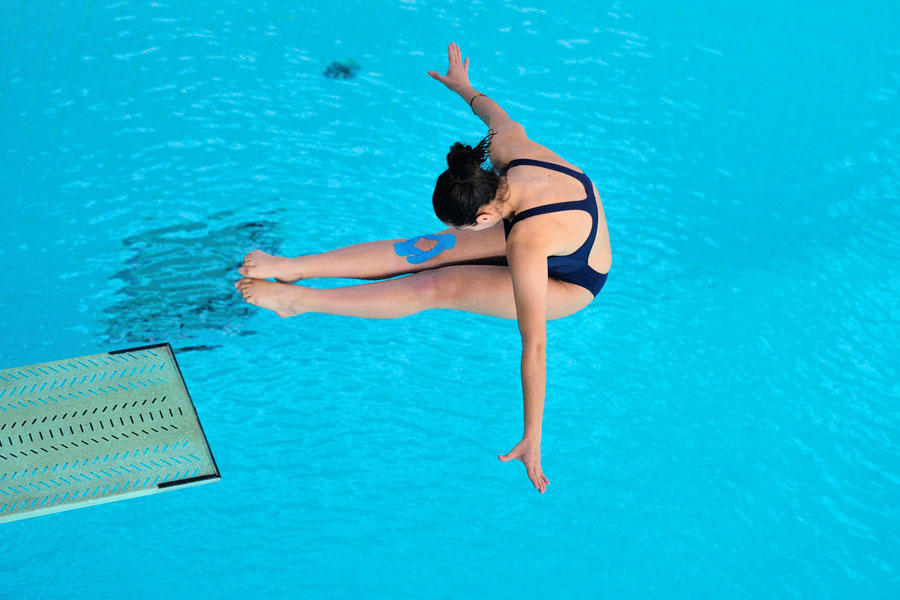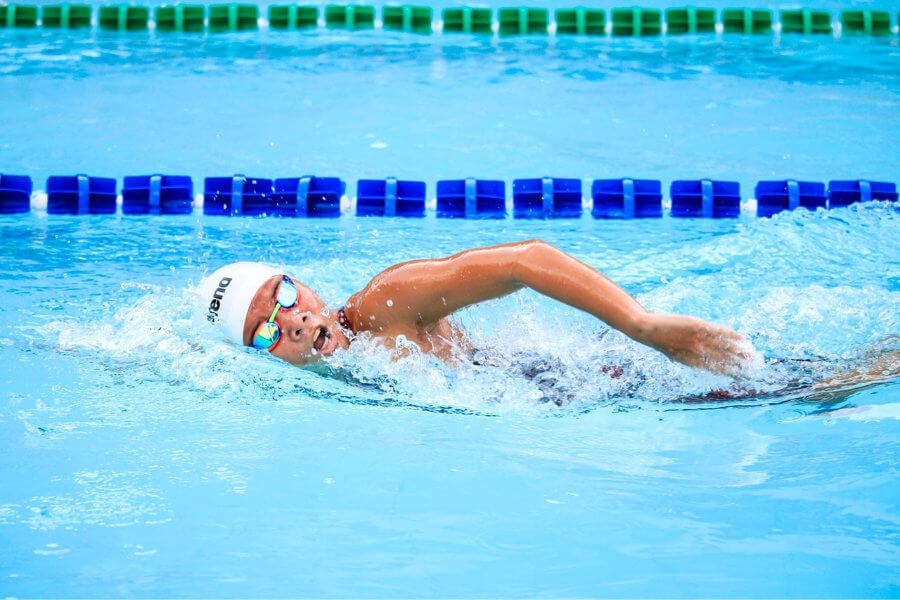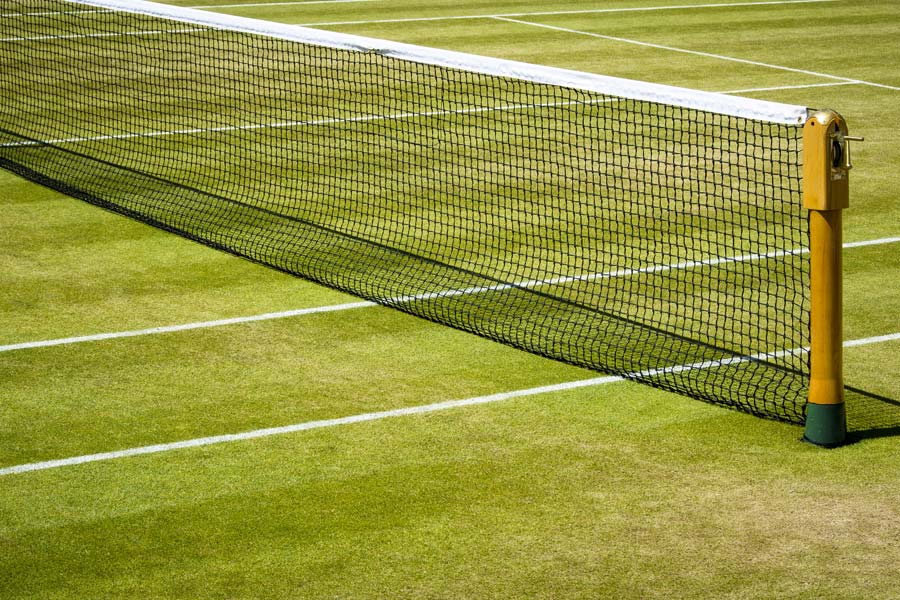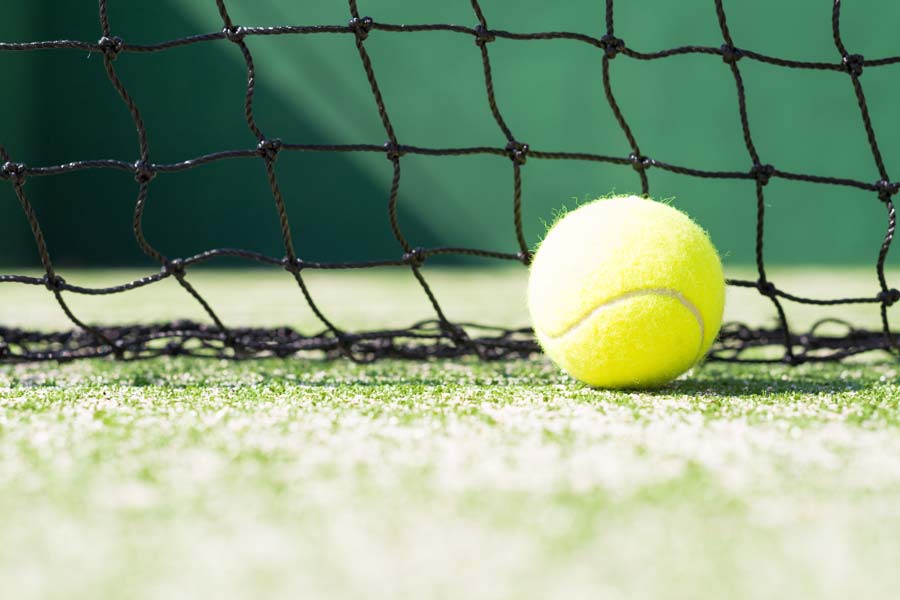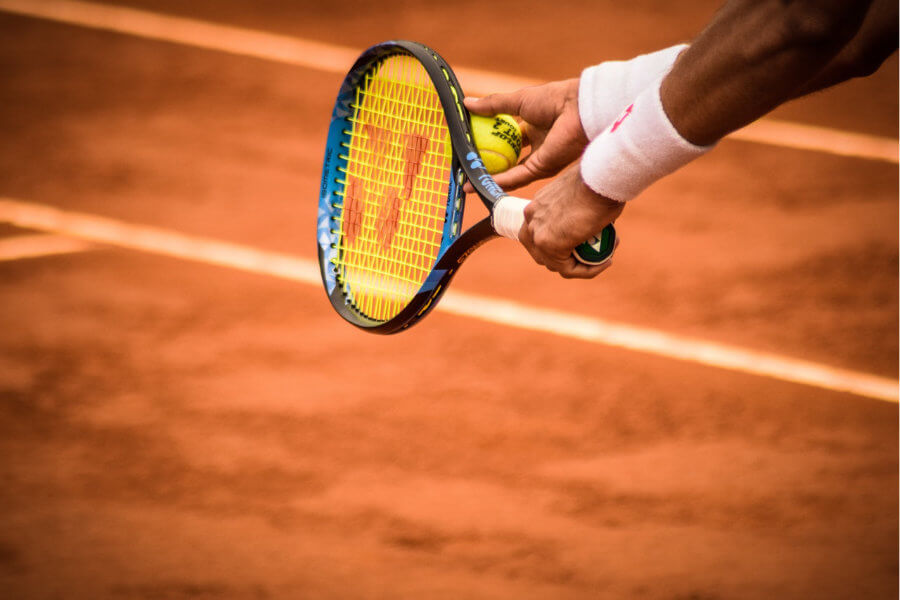Technology has improved the accuracy, enjoyment and experiences of both athletes and spectators at sporting events. Discover the key advancements in technology past and present that have contributed to making sport better for everyone.
Athletics
Tracking Race Times
1964 Seiko launches its new electronic automated timing system with a photo-finish mechanism, improving accuracy to 1/100th of a second.
1980s Transponder or RFID timing is designed using radio frequency via a chip placed on the athlete to record times at antenna points.
2008 Photo finish equipment captures 3,000 photos per second to track winners in races.
Clothing
1950s onwardsLighter and flatter track shoes are designed to find the perfect balance of optimal grip and comfort.
2012 Athletic apparel starts to measure heart rate, respiratory activity, posture, speed and weight distribution.
2016 New clothing is being designed to wick sweat away from the body by evaporation instead of absorbing it.
Neuroscience
2017 The Halo headband was first released to the public. The technology prepares the brains of athletes for training and a big race by delivering pulses that help neurons fire together.
2020 The Halo 2 is released. Putting the headband on 20 minutes before a race can improve the brain’s ability to make new circuits, making athletes perform better and faster.
Key Technological Advancements
Some of the key technological advancements that have been observed for athletes and spectators include improved:
Time-tracking systems.
Clothing and equipment.
Goal-Line Technology.
Video technology.
GPS data tracking.
Virtual imaging.
Accuracy and decision systems (Hawk-Eye).
Coverage of events around the world via Internet and multiple devices.

